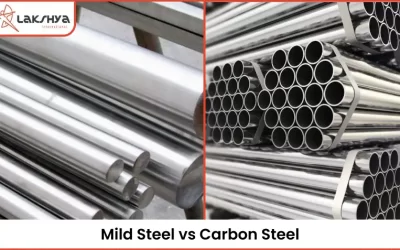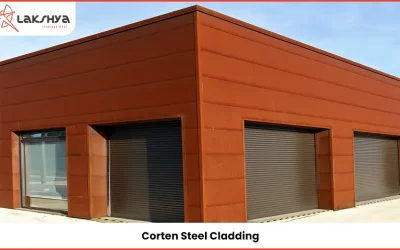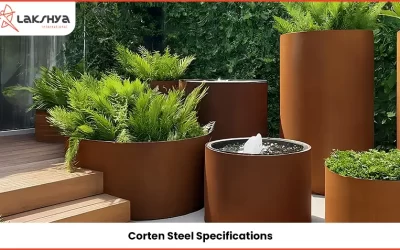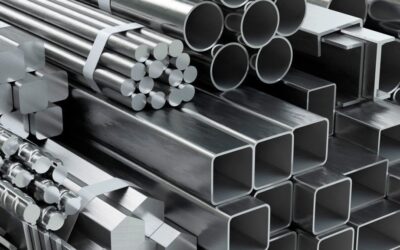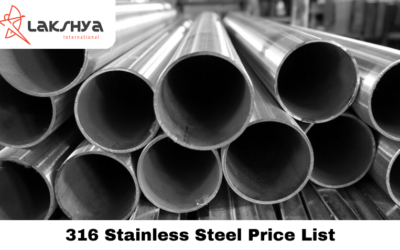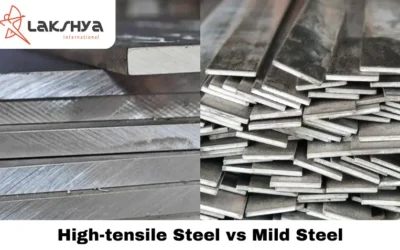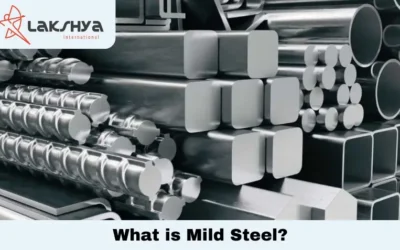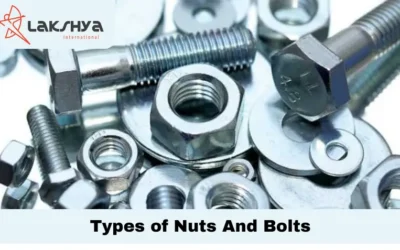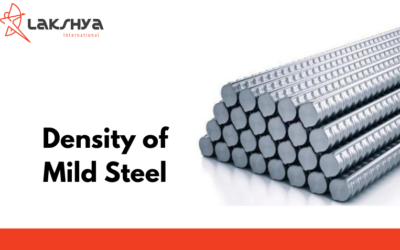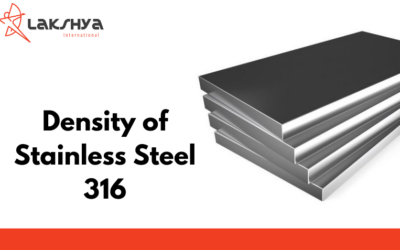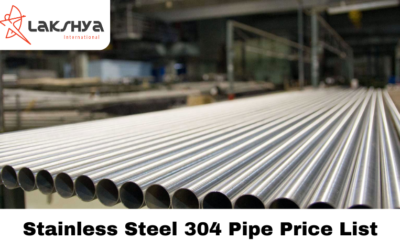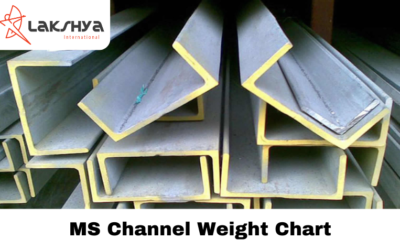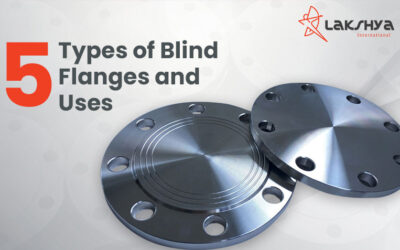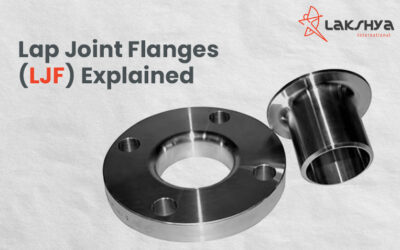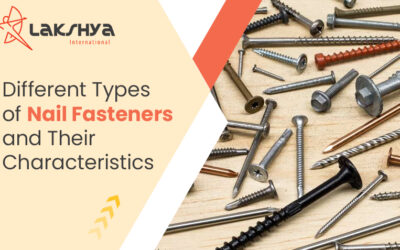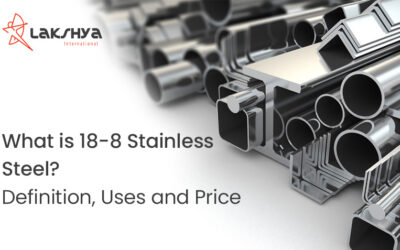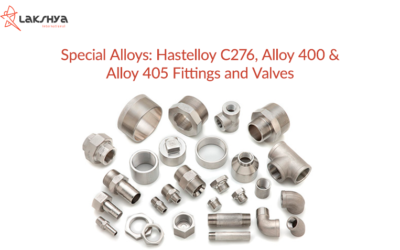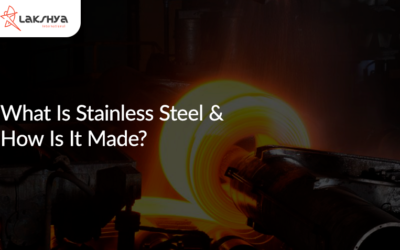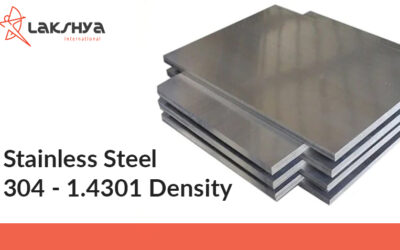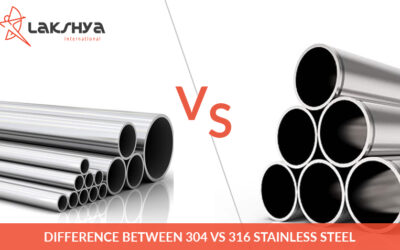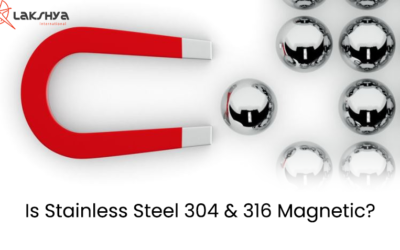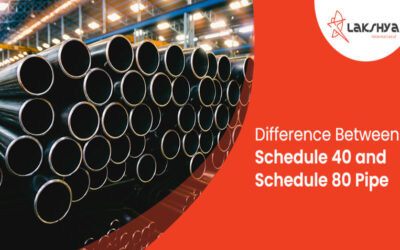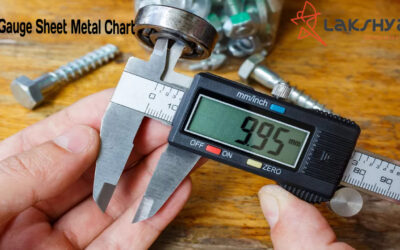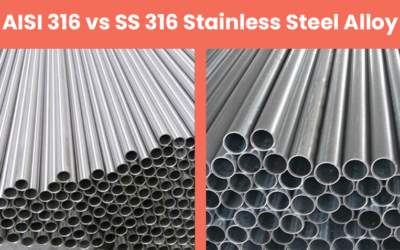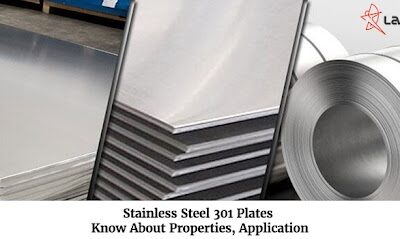REad
News & Stories
Mild Steel vs Carbon Steel | Lakshya Steel
Steel is the most widely used material in construction, manufacturing, and industry. Among the various types of steel, mild steel and carbon steel are two of the most commonly utilized. While both serve similar purposes, they have distinct differences that make them...
How To Select Best Stainless Steel Fasteners?
Choosing the right fasteners for projects can be challenging due to many important factors. In construction and manufacturing, even small components like Stainless Steel Fasteners are important for ensuring buildings and products last long and stay strong. Steel...
Corten Steel Cladding
In this article, we will discover everything you need to know about corten steel cladding. Including its specifications, types, properties & uses. Whether you're an architect, builder, or homeowner, understanding Corten steel will help you make informed decisions for...
Comprehensive Guide on Corten Steel
Welcome to our complete guide on Corten steel. Here, you'll discover everything about this Corten steel material with its special properties, wide range of uses, and its advantages. This overview covers everything you need to know about Corten weathering steel.What is...
Corten Steel Specifications
This blog is all about Corten steel. We provide easy-to-understand information about its specifications and ASTM standards. Whether you're an architect, builder, designer, or just curious about this unique material, you'll find helpful information here. What is Corten...
Duplex Stainless Steel Properties, Standards & Applications
Introduction to Duplex Steels Duplex stainless steels offer several advantages over other stainless steel products. They provide high yield and impact strength, excellent corrosion resistance, and can withstand temperatures from -50°C to 250°C. Additionally, duplex...
316 Stainless Steel Price List
Check 316 Stainless Steel Price list and SS 316 Price Per kg in India 316 stainless steel is a type of austenitic stainless steel that is known for its excellent corrosion resistance, particularly in chloride environments. It is the second most widely used grade of...
What is the difference between high-tensile steel and mild steel?
Mild steel and high tensile steel are two types of carbon steels. Carbon steel has up to 0.90% carbon. Mild steel has a low amount of carbon, and high tensile steel has a bit more carbon along with special strong ingredients. Steeloncall will now explain where we use...
What is Mild Steel?
Mild steel is a type of metal that's made from iron and carbon. It's a cheap material that works well for many general engineering uses. This kind of steel is magnetic because it has a lot of iron, so we call it 'ferromagnetic'. Mild steel has a carbon content between...
Types of Nuts And Bolts
Nuts and Bolts are a type of fastener that is used to secure or connect various materials together. These fasteners come in a variety of shapes and sizes, including hardware nuts, with the majority having machine threads. Bolts may be screwed into nuts using the...
Density of Mild Steel
Mild steel, often known as low-carbon steel, is one of the world's most versatile and commonly used steels. Its malleability, weldability, and machinability make it a go-to material for countless applications, from the towering skyscrapers of the construction industry...
Density of Carbon Steel
Carbon steel is a strong mix of iron and carbon, with some other elements added. It's tough but can be tricky to work with if it has a lot of carbon. People use it a lot in building, making cars, and creating machines. It's also popular for making knives and tools...
Density of Stainless Steel 316
Stainless steel 316 is an incredibly versatile material widely used in various industries due to its excellent strength, corrosion resistance, and durability. But have you ever wondered about ss density? This guide delves into everything you need to know about...
Stainless Steel Pipe Price List
Check Stainless Steel Pipe Price list and SS 316 Pipes Price Per Meter in India Stainless steel pipes are highly sought-after in a variety of industries due to their exceptional quality. The pricing of stainless steel pipes is outlined in the Stainless Steel Pipe...
MS Channel Weight Chart
Mild Steel (MS) Channels, also known as C Channels due to their C-shaped profile, are characterized by their web height and flange width. Our user-friendly MS channel weight chart and calculator provide accurate information, facilitating well-informed decisions for...
5 Types of Blind Flanges and Their Uses
Blind flanges are vital components in piping systems, serving to close the end of a pipe and prevent leaks. They play a crucial role in protecting the piping system from damage. Understanding the various blind flanges types is most important for selecting the right...
Lap Joint Flanges (LJF) Explained
Lap joint flanges represent a widely utilized type of flange in the realm of piping and duct system design. Yet, as is the case with all flanges and components in piping systems, comprehending their functionality and the ramifications of design distinctions is crucial...
Different Types of Nail Fasteners and Their Characteristics
Nail fasteners are one of the most common types of fasteners used in construction and woodworking projects. They are simple to use and provide a strong and secure connection between two pieces of material. There are many different types of nail fasteners available,...
What are the Difference Between Nuts and Bolts?
Explore the world of fasteners with our detailed guide on the difference between nuts and bolts. While nuts and bolts are the most common fasteners used across various industries, including manufacturing, automotive, and agriculture, there are other essential...
18-8 Stainless Steel
What Does 18-8 Stainless Steel Mean? 18-8 Stainless Steel finds frequent application in the crafting of various food preparation tools, including kitchen utensils, cutlery sets, cookware, and baking sheets, among others. Its versatility extends to decorative uses,...
What is Swivel Flange?
Swivel flange serves as a vital component in pipe systems, facilitating the connection between two pipe segments. Its distinctive feature is the ability to rotate freely, a quality that proves invaluable in scenarios demanding independent movement of connected pipes....
Special Alloys: Hastelloy C276, Alloy 400 & Alloy 405 Fittings and Valves
Lakshya International specializes in the production of tube fittings, pipe fittings, and valves crafted from Alloy 400/405 and C-276, catering to instrumentation, utility, control, and process applications. Our range of products adheres to industry standards and...
What Is Stainless Steel and How Is It Made?
"Stainless steel" serves as a broad term encompassing a range of steel variants. Much like the various forms of steel, stainless steel undergoes a dual-stage production process primarily involving iron and carbon. The distinctive characteristic of stainless steel lies...
Stainless Steel 304 Density
Compared to other metals, stainless steel is dense; titanium is about half as dense, and aluminum is about one-third as dense. Among common stainless steels, 304 is slightly less dense than 316 but denser than 430. Stainless steel density ranges from 7,600 to 8,000...
Difference Between 304 vs 316 Stainless Steel
What is Stainless Steel? Every steel variety shares the fundamental marriage of iron and carbon in its composition, yet within the realm of stainless steel, an abundant infusion of chromium takes centre stage—a secret ingredient bestowing upon stainless steel its...
Is Stainless Steel 304 & 316 Magnetic?
Introduction: Have you ever wondered whether stainless steel is magnetic or not? It's a question that often elicits varying responses. Some believe stainless steel is completely non-magnetic, while others argue that it must be magnetic due to its iron content....
Schedule 40 vs Schedule 80 Pipe : Difference
What is a Schedule Pipe? The term " schedule pipe" refers to the wall thickness of a steel pipe. Each pipe schedule is represented by a number, indicating the thickness of the pipe's walls. It is important to note that the schedule number does not directly correspond...
Gauge Sheet Metal Chart
When dealing with sheet metal, it is frequently referred to using the term "gauge." Individuals who are unfamiliar with this gauge system may not grasp the significance of terms like "18 gauge steel." To provide assistance, this blog post will elucidate the gauge...
Difference between AISI 316 vs SS 316 Stainless Steel Alloy
Gaining a comprehensive understanding of the Diffrence between AISI 316 (American Iron and Steel Institute) and SS 316 (Stainless Steel 316) stainless steel alloys holds immense significance for individuals engaged in engineering or manufacturing endeavors. Through...
Stainless Steel 301 Plates – Know About Properties, Application
What is AISI 301 Stainless Steel? AISI 301 Stainless steel, similar to other types of steel, is composed of a combination of various elements to form an alloy. The commonly used alloy in non-corrosive stainless steel is chromium, which is also employed in...

